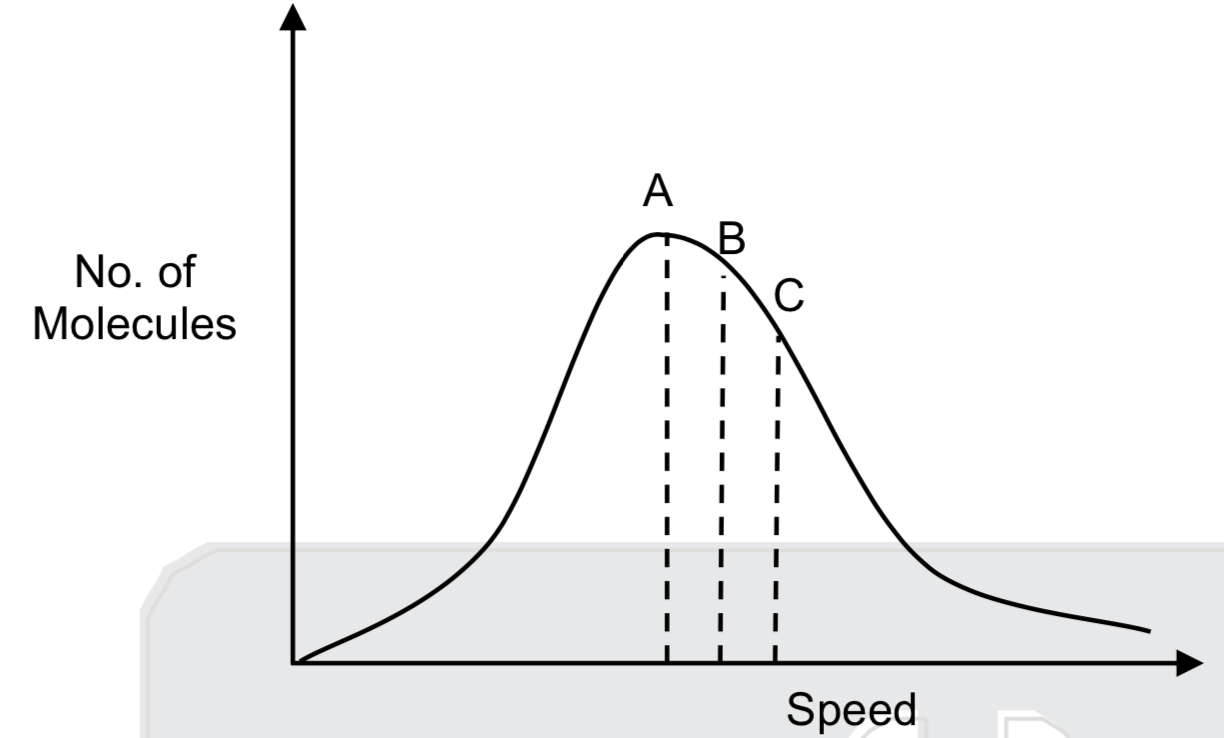Select the option that was not used in Green revolution.
Agrochemical based agriculture
Conventional plant breeding and hybridization
Agriculture using high yielding varieties
Genetically engineered crop - based agriculture
The correct Answer is:D
Step-by-Step Solution:
1. Understanding Green Revolution: The Green Revolution refers to a period of agricultural transformation that occurred between the 1940s and the late 1960s. It involved various research and technology transfer initiatives aimed at increasing food production.
2. Key Components of Green Revolution:
- High-Yielding Varieties (HYVs): The introduction of new varieties of crops, particularly cereals, that produced more grain per plant.
- Irrigation Infrastructure: Expansion of irrigation facilities to support crop growth.
- Hybridized Seeds: Distribution of seeds that were hybridized to enhance yield.
- Use of Agrochemicals: Application of synthetic fertilizers and pesticides to boost crop productivity.
3. Evaluating the Options:
- Agrochemical-based agriculture: This was indeed part of the Green Revolution as it involved the use of fertilizers and pesticides.
- Conventional plant breeding and hybridization: This method was used to develop new crop varieties and is also part of the Green Revolution.
- Agriculture using high-yielding varieties: This is a core aspect of the Green Revolution.
- Genetically-engineered crop-based agriculture: This involves the modification of crop DNA using genetic engineering techniques, which was not a part of the Green Revolution.
4. Conclusion: The option that was not used in the Green Revolution is genetically-engineered crop-based agriculture.
Final Answer: Genetically-engineered crop-based agriculture.
---
- High-Yielding Varieties (HYVs): The introduction of new varieties of crops, particularly cereals, that produced more grain per plant.
- Irrigation Infrastructure: Expansion of irrigation facilities to support crop growth.
- Hybridized Seeds: Distribution of seeds that were hybridized to enhance yield.
- Use of Agrochemicals: Application of synthetic fertilizers and pesticides to boost crop productivity.
- Agrochemical-based agriculture: This was indeed part of the Green Revolution as it involved the use of fertilizers and pesticides.
- Conventional plant breeding and hybridization: This method was used to develop new crop varieties and is also part of the Green Revolution.
- Agriculture using high-yielding varieties: This is a core aspect of the Green Revolution.
- Genetically-engineered crop-based agriculture: This involves the modification of crop DNA using genetic engineering techniques, which was not a part of the Green Revolution.
Similar Questions
What is Green revolution?
View SolutionSelect the wrong option
View SolutionSelect the proper option

View SolutionFather of green revolution is
View SolutionSelect the correct options
 :
:
View SolutionSelect the correct option
View SolutionSelect the correct option
View SolutionSelect the correct option
View SolutionSelect the correct option
View SolutionSelect the option with incorrect satement
View Solution
